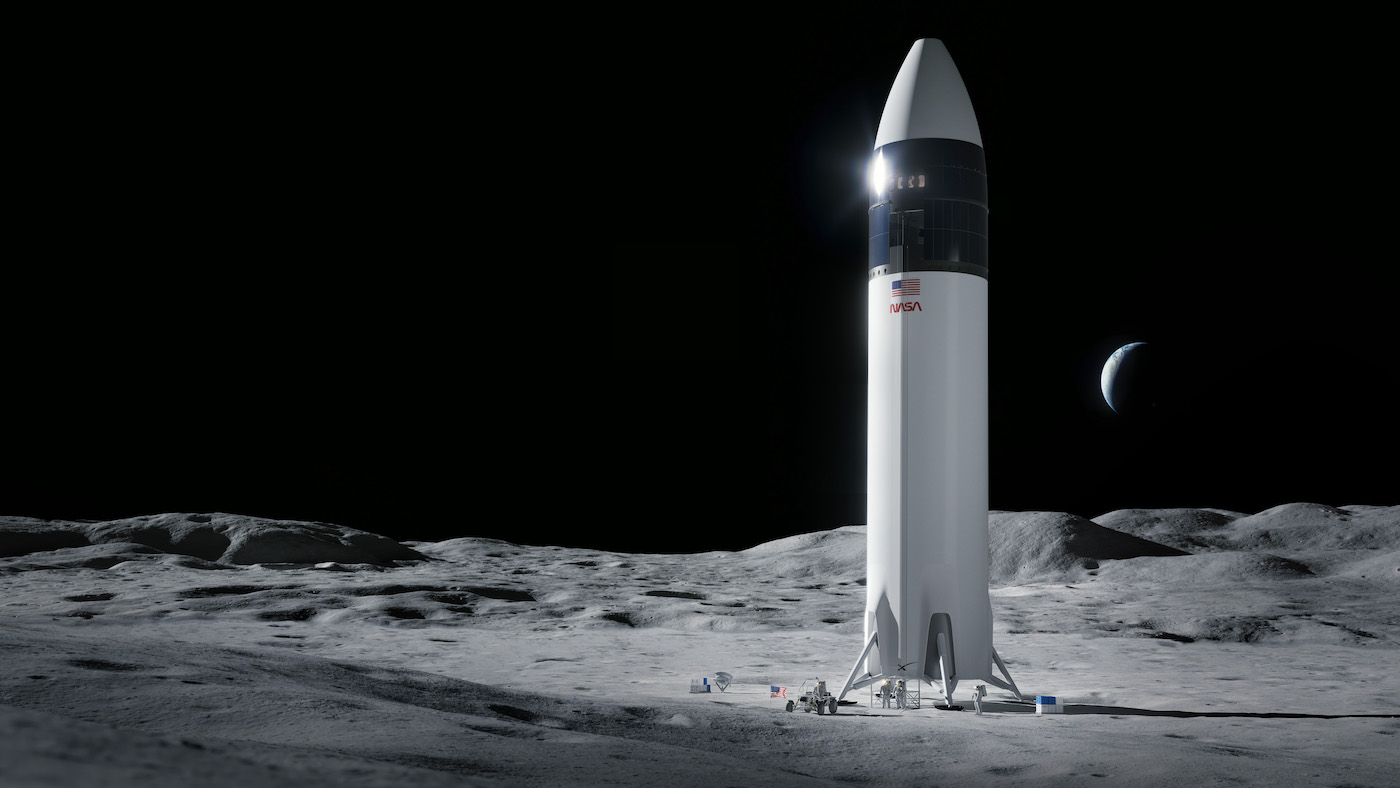STORY WRITTEN FOR CBS NEWS & USED WITH PERMISSION

The Biden administration’s $24.8 billion fiscal 2022 budget request for NASA will keep the agency on track to send the the first woman and the next man to the moon as early as 2024, NASA Administrator Bill Nelson said Friday, but he warned that target date is far from certain.
“Space is hard,” he said. “As you see the development of various space systems in the past, there have been delays. When you go farther and farther away from the Earth with new technologies, we have seen historically, delays. Will they occur? I can’t answer that question.
“I know the goal is 2024. But I think we have to be brutally realistic, that history would tell us, because space development is so hard, that there could be delays to that schedule for the first demonstration flight of landing humans and returning them safely to Earth.”
The $24.8 billion budget request represents a 6.6 percent boost over 2021 and includes $6.88 billion for the Artemis moon program and $4 billion for space operations, which covers the International Space Station and commercial crew and cargo missions to the lab complex.
The largest single category in the budget is science operations totaling $7.93 billion. That includes $3.2 billion for planetary exploration, with initial funding for a Mars sample return mission, and $2.25 billion for a new multi-satellite Earth science initiative to learn more about climate change and its effects.
“The president’s budget request is recognition that NASA’s missions contribute to the administration’s larger goals for America: climate change, promoting equity, driving economic growth, STEM research and development, all of which equal jobs,” Nelson said. “It’s the largest budget request for NASA science, ever. The Biden administration is proving that science is back.”
The $6.88 billion for deep space exploration includes $4.48 billion to cover continued development of the Space Launch System — SLS — super heavy lift rocket and a planned upgrade, the Orion crew capsule that will carry astronauts to the moon and the required ground systems.
Another $2.39 billion is earmarked for ongoing development of the planned Gateway lunar space station, which will serve as a research lab and staging base, and a new lunar lander — the Human Landing System, or HLS — to carry astronauts down to the surface and back up to lunar orbit.

NASA currently is gearing up to launch the first SLS rocket late this year, boosting an unpiloted Orion capsule on a flight beyond the moon and back. If that mission goes well, the second SLS and another Orion would carry out a similar around-the-moon flight in the 2023 timeframe before a possible piloted landing by the end of 2024.
The 2024 target was set by the Trump administration and while it has never appeared to be a realistic goal given the amount of work required and budget expectations, NASA has stuck with the target, saying it remains achievable if development goes smoothly.
The proposed 2022 budget for deep space exploration includes $1.2 billion for initial funding of a SpaceX contract valued at $2.89 billion to develop a lunar lander. The so-called “Option A” HLS contract award in April calls for two demonstration missions, an unpiloted test flight and one with astronauts on board.
But two competitors — Blue Origin and Dynetics — protested the SpaceX award and the contract currently is on hold pending a review.

Against that backdrop, an amendment to a Senate bill currently under consideration would force NASA to fund development of at least one additional lander and would authorize $10 billion for the HLS program over four years compared to the $7 billion or so Nelson said the Biden administration envisions over the same period.
“It has been in no uncertain terms expressed to me by members of both the House and the Senate that they want a competition for the remaining lander contracts that will occur over the course of the decade following the first demonstration flight,” Nelson said.
However it plays out, Nelson said NASA’s proposed 2022 budget gives the agency “the resources to advance America’s bipartisan moon-to-Mars space exploration plan.”
“It keeps us on a path for a regular cadence of Artemis missions to the moon,” he said. “Under the Artemis program, America will land the first woman and the first person of color on the moon. And this commitment is not just a statement, it is an action.”
